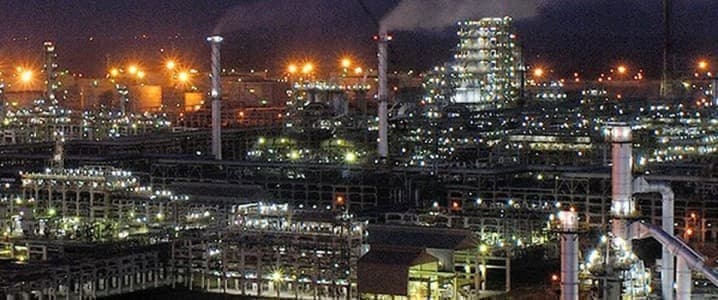U.S. gasoline demand has rebounded to nearly pre-pandemic levels, but after a horrendous 2020, American refiners are looking to cut costs wherever and whenever possible in light of the still-sluggish fuel demand recovery in some key export markets for U.S. refined petroleum products.
U.S. refiners have shunned hiring tankers for long periods under the so-called time charter contracts to minimize expenses at a time when the demand picture outside the United States is still a risky unknown.
“The last thing you need is to get stuck with several millions of dollars worth of unused vessels for the year. We have had several cases of that,” a U.S. refining executive told Reuters.
The product tanker market, as well as the crude oil tanker market, have struggled in recent months, with a wobbling recovery in fuel demand in Europe where lockdowns continue, and with OPEC+ deciding to keep withholding in April as much crude oil from the market as it does now.
Oil tanker owners and shipbrokers are set to suffer longer than expected from the massive OPEC+ production cuts after the coalition surprised the oil and tanker markets early this month by deciding to keep oil production flat in April, with small exemptions for Russia and Kazakhstan. Related: Biden’s Energy Agenda To Reduce Oil Production And Boost Prices
Even before the unexpected OPEC+ decision from March 4, Peter Sand, Chief Shipping Analyst at international shipping association BIMCO, said in a report at the end of February:
“After a turbulent year, low demand looks set to plague the market in the coming months combined with too many ships fighting for too few cargoes in both the crude oil and oil product segments.”
Until oil demand globally recovers to somewhat normal levels, U.S. refiners target to save on time charter expenses as they themselves look to recover from the fuel demand collapse in the pandemic.
The still raging COVID-19 in Brazil and Mexico hit U.S. refiners’ sales in those key export markets for American petroleum products.
The Texas Freeze, which knocked down refinery operations along the Gulf Coast last month, resulted in refiners reducing fuel exports and looking for fewer vessels to charter.
Between the end of January and end-February, U.S. petroleum products exports fell week over week in each of the weeks, data from the Energy Information Administration (EIA) shows.
In the domestic market, however, U.S. gasoline demand is estimated to have returned to just 1 percent below pre-crisis levels. Rising demand for the most used fuel in the United States is good news for refiners who had wrapped up a rather dreadful year—the highlights of which were a collapse in demand and bleak refining margins. Related: Are Analysts Underestimating Chinese Oil Demand?
According to Pay with GasBuddy data, U.S. gasoline demand last week was just 0.98 percent below the same week last year, which was still considered pre-pandemic. U.S. gasoline demand increased by 2.9 percent week on week last week, Patrick De Haan, head of petroleum analysis for GasBuddy, tweeted this weekend.
“As Americans turn optimistic on COVID-19 recovery, we’ve been seeing insatiable demand for gasoline, which continues to recover far faster than oil production. According to GasBuddy data, last week’s gasoline demand was just 1% below the pre-pandemic level, an extremely bullish factor likely to continue driving gas and oil prices up in the short term,” De Haan wrote in an analysis on Monday.
“The recovery in the last few weeks has been astounding- both the speed and overall volume increases we’ve seen in our data lend credibility to the recovery, and perhaps will lead to continued price increases due to the continued imbalance between supply and demand,” he said.
“It’s no longer a question of if we’ll see gasoline demand return to near normal this year but when,” De Haan noted.
Things are looking up for U.S. refiners on the domestic market, but they are still being careful and looking to cut costs, including from hiring time charters.
By Tsvetana Paraskova for Oilprice.com
More Top Reads From Oilprice.com:
- Oil Extends Losses On Renewed Demand Concerns
- Saudi Arabia Must Prepare For More Attacks On Its Oil Industry
- Oil Prices Retreat As Biden Plans Major Federal Tax Hike

















